The verdict: The redesigned 2018 Traverse is comfortable, smooth and useful family transportation that needs more standard safety equipment to be fully competitive.
Versus the competition: The amount of space inside the Traverse is almost unparalleled — and it banks on that value, as competitors have more standard safety features.
It's kind of hard to believe that the biggest American automaker no longer builds a minivan and hasn't for years now. The quintessential family vehicle, a minivan is useful in so many ways — but General Motors never found much success with the formula, always seemingly a step or two behind class leaders Chrysler and Honda.
Yet GM has made trucks and SUVs for decades, and it knows how to do that exceedingly well. So why not play to those strengths and make the best family-style SUV possible? That's exactly what the company has done for close to a decade now with the Chevrolet Traverse.
For 2018, Chevrolet has thoroughly updated the Traverse, providing a larger, lighter, brighter vehicle that still comes with a unique proposition for the class: Bigger is better. There are no wimpy base engines and no optional third-row seat (it's standard), just a lot of available technology, including a full raft of electronic safety equipment — though, strangely, not much of it is standard.
In our last test of the big Traverse we weren't all that impressed with how it drove … or felt, or handled people, or how its multimedia system worked. It came in at the bottom of a group of big three-row crossovers in our 2014 $40,000 3-Row SUV Challenge.
Now, four years down the road, a new generation has arrived that's significantly updated in every way. But is it good enough to climb in the ranks of a highly competitive segment?
Looks Better Than It Used To
The last Traverse was getting a little stale in the looks department, but this update thoroughly refreshes its styling, bringing it in line with the new face of Chevrolet. It has a lower, meaner mug up front and more sculpted sides leading to a cleaner rear with a decidedly different window pattern. The new Traverse looks a lot longer than the previous model, and while it has been stretched a couple of inches, the new separated side-window design is mainly responsible for this illusion.
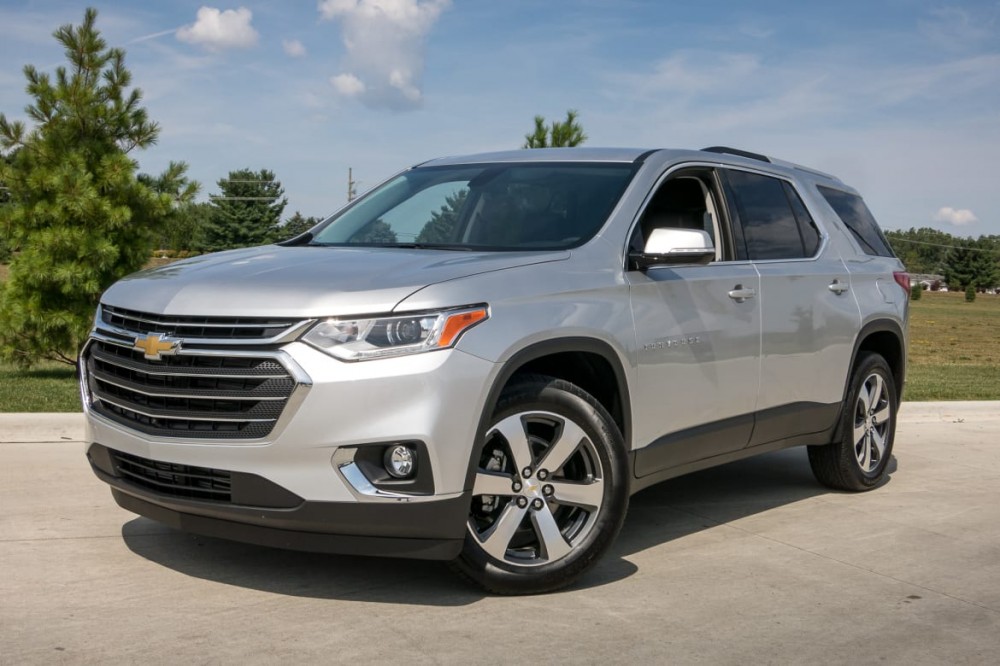
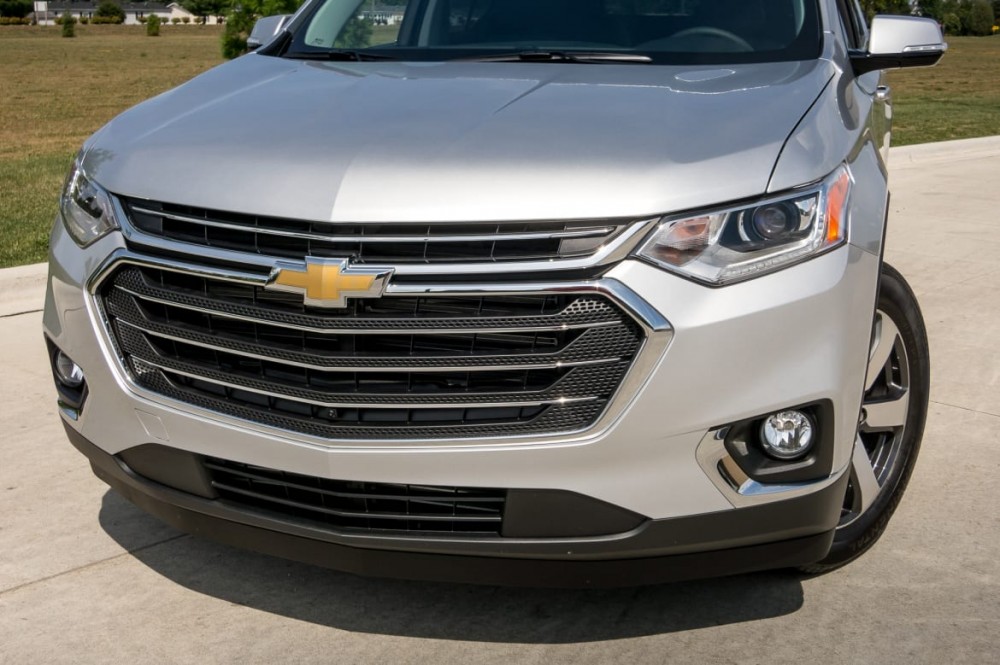
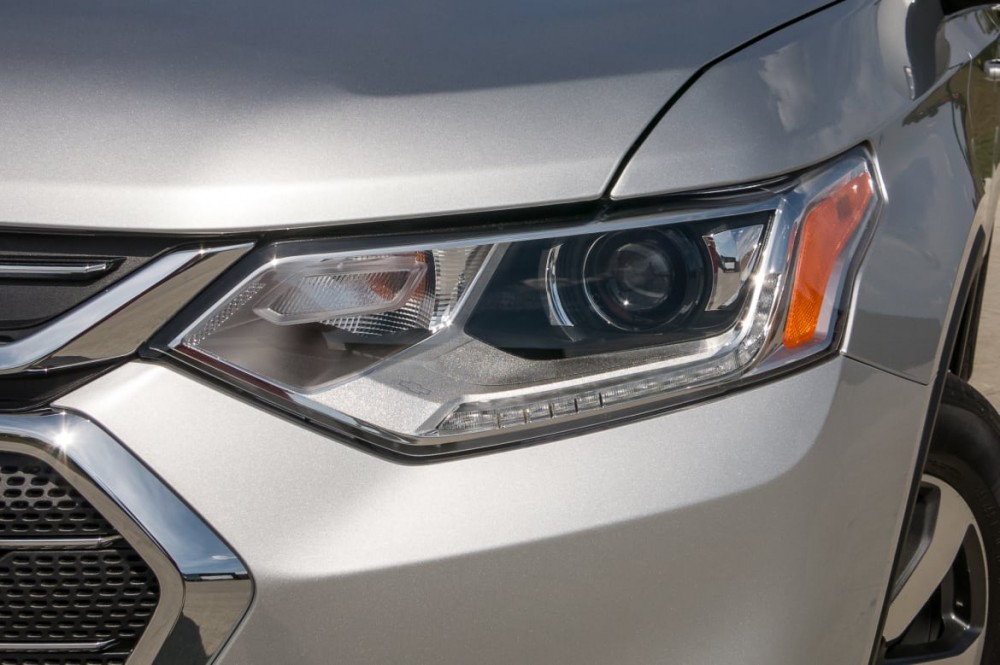
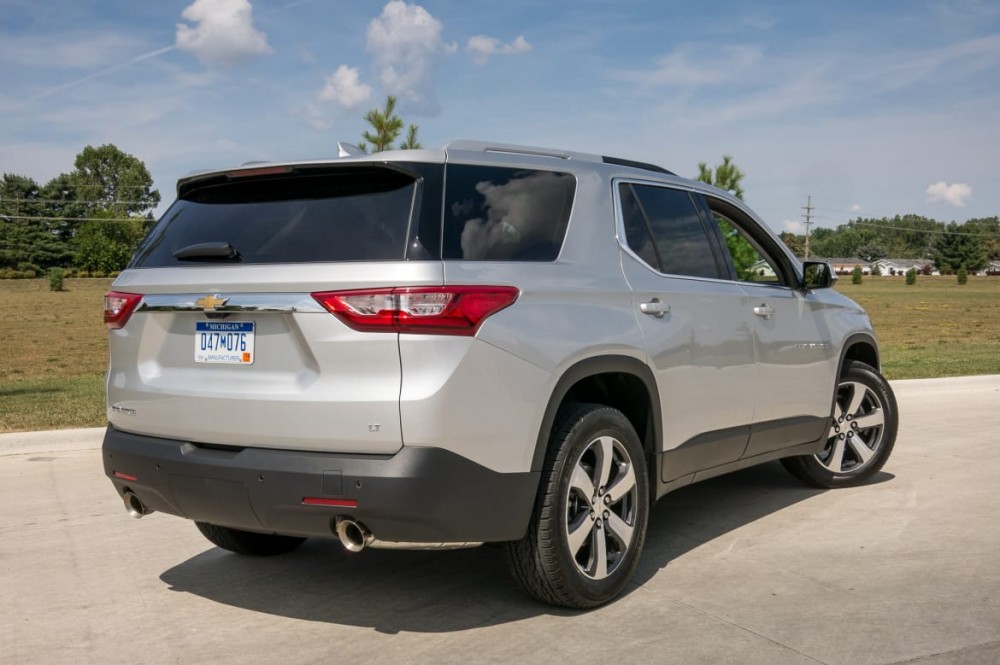
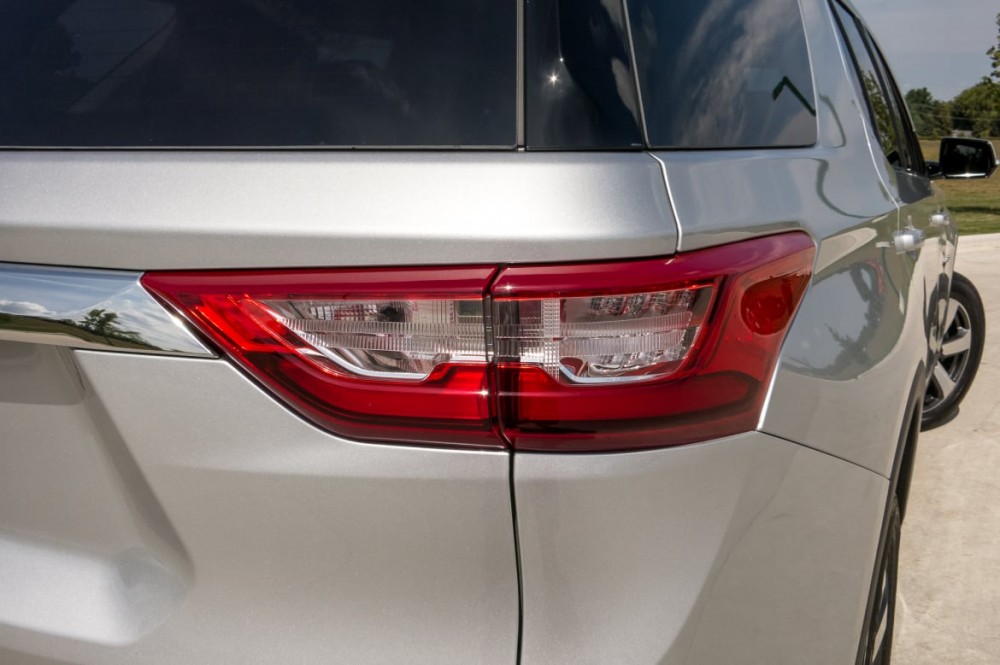
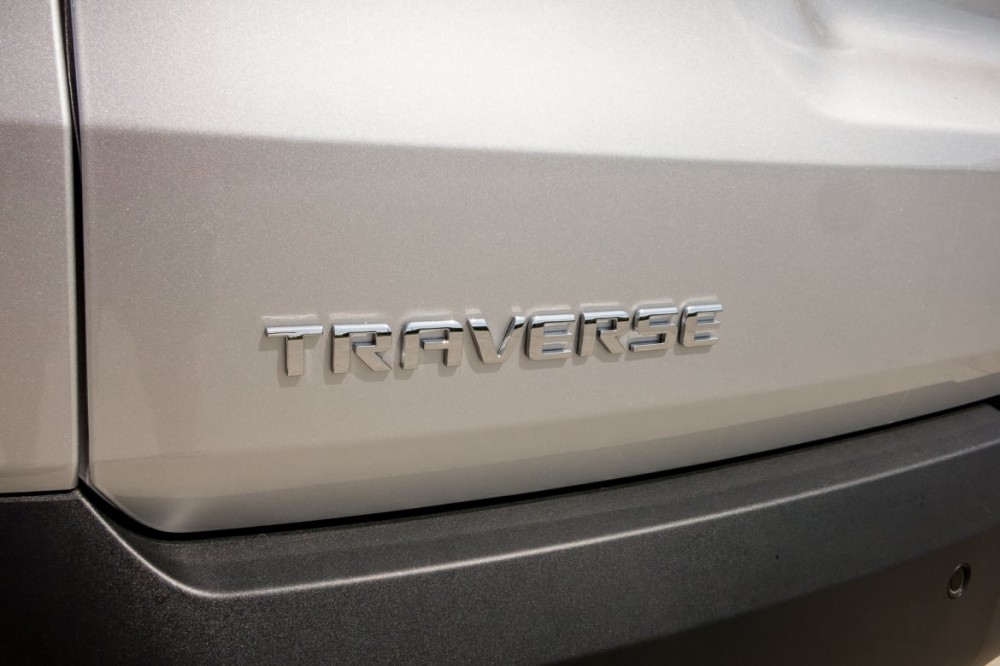
Even Bigger Than Before
The previous-generation Traverse was unusual thanks to its size: It was priced to compete among mid-size SUVs yet was roomier inside than a full-size Chevy Tahoe. And the new one is even bigger — it hardly seems fair to put it up against things like the Ford Explorer, Nissan Pathfinder and Toyota Highlander. It's nearly a foot longer than a three-row Highlander and has more than 11 inches additional wheelbase.
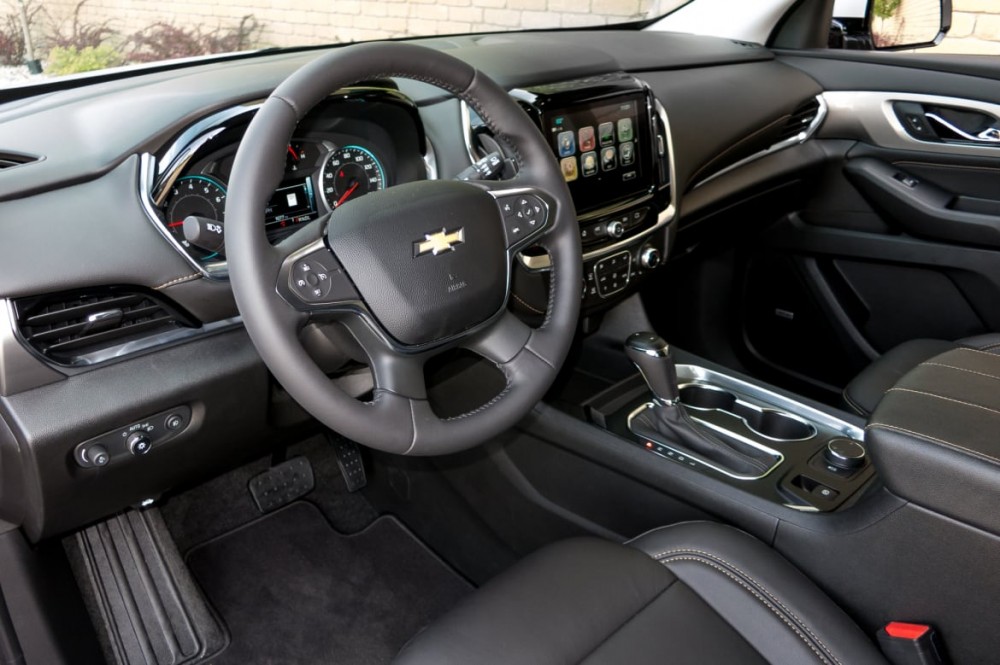
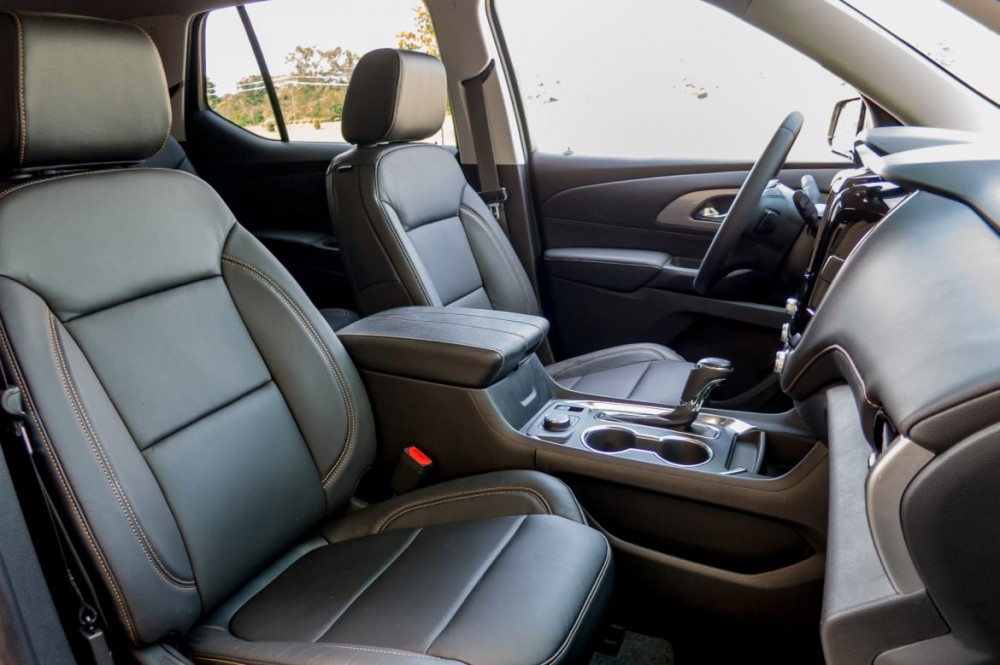
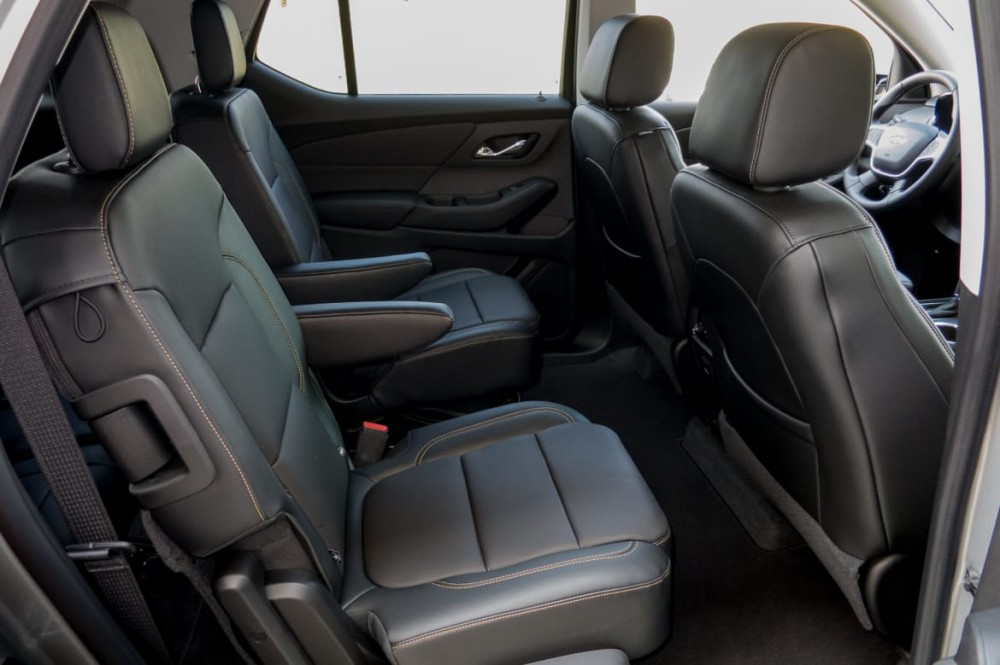
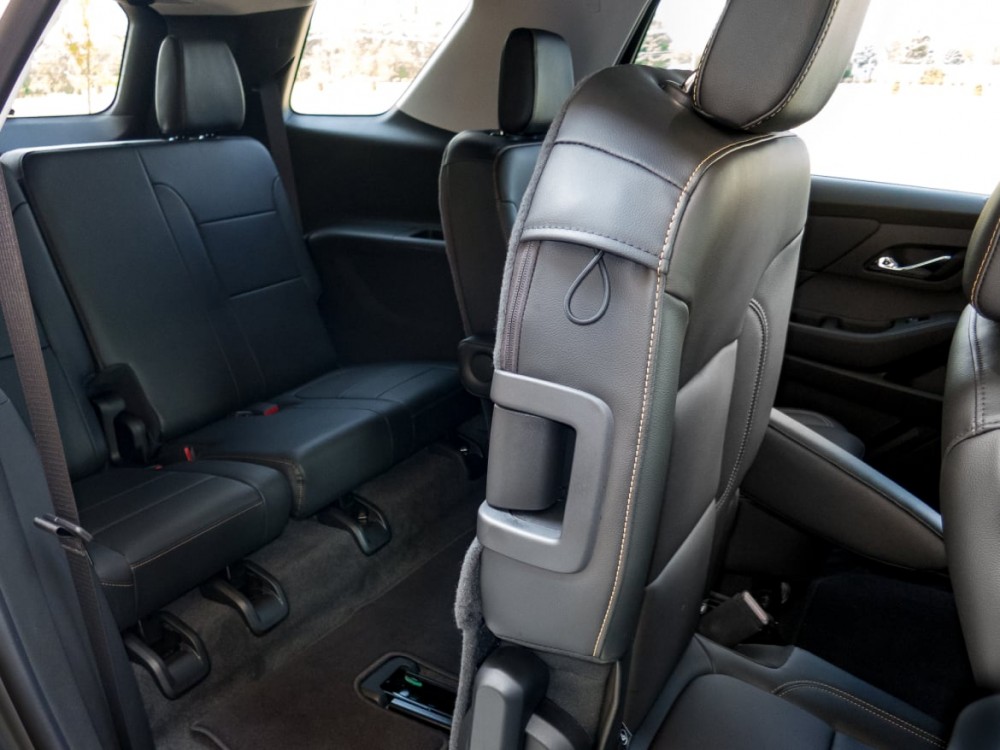
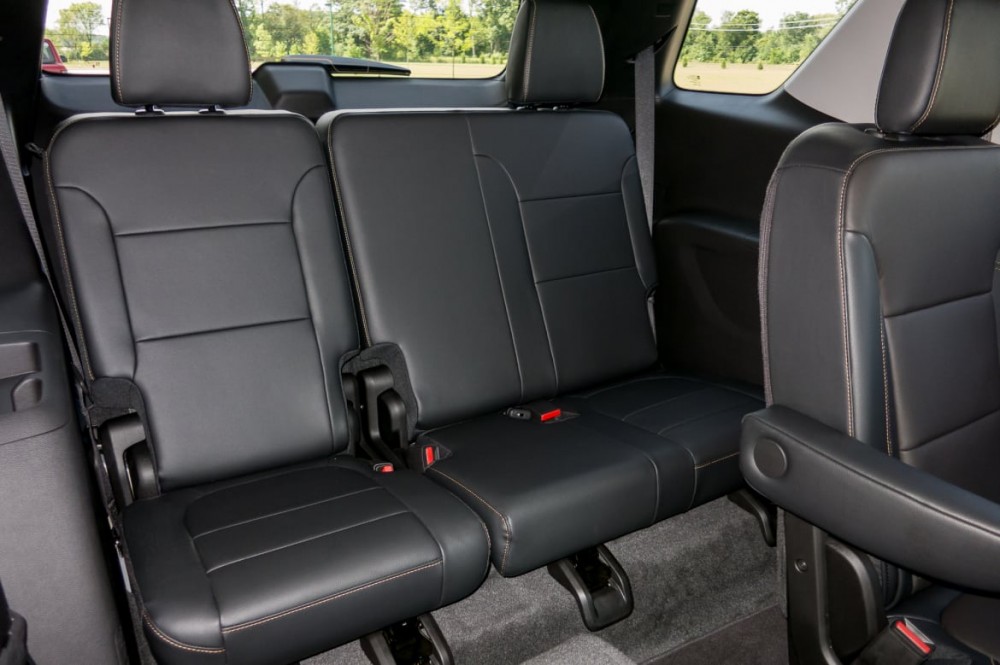
The new Traverse is even bigger than the 2017 on the inside; a 2-inch stretch to the wheelbase has resulted in a 7 percent increase in second-row passenger room, 11 percent more third-row passenger room and 17 percent more overall cargo room. The increase was most needed in the second and third rows, which have been transformed from penalty boxes into genuinely usable areas for full-size humans. The sliding second-row captain's chairs in my mid-level Traverse 3LT made the third row even more usable, allowing passengers to apportion legroom so that everyone got enough.
The restyled windows address our old complaint that the third row got very little light and had terrible visibility. That's not true anymore thanks to wraparound glass that affords an excellent outward view.
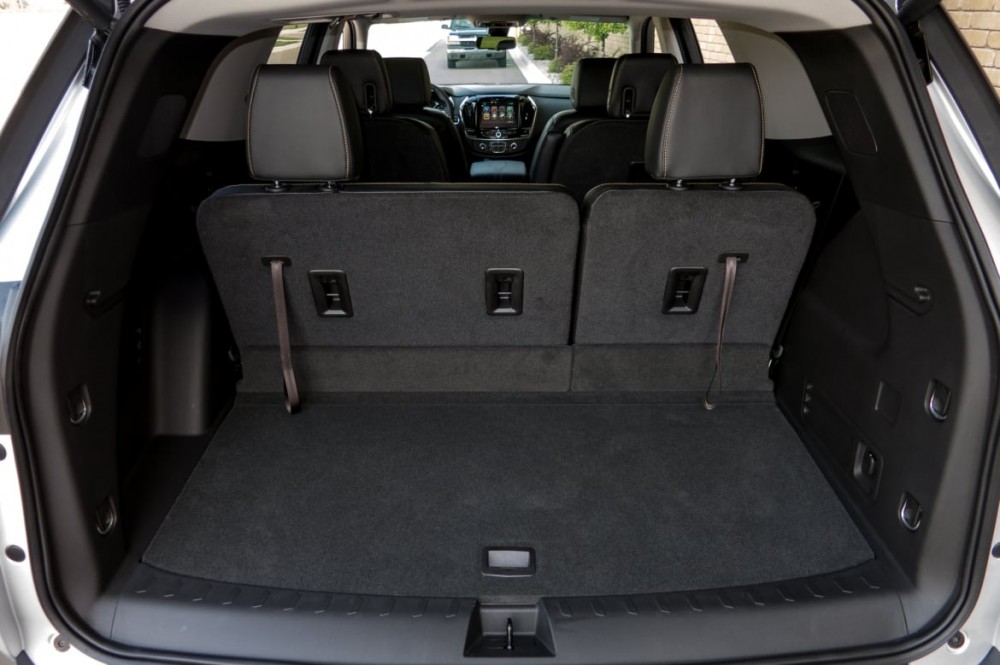
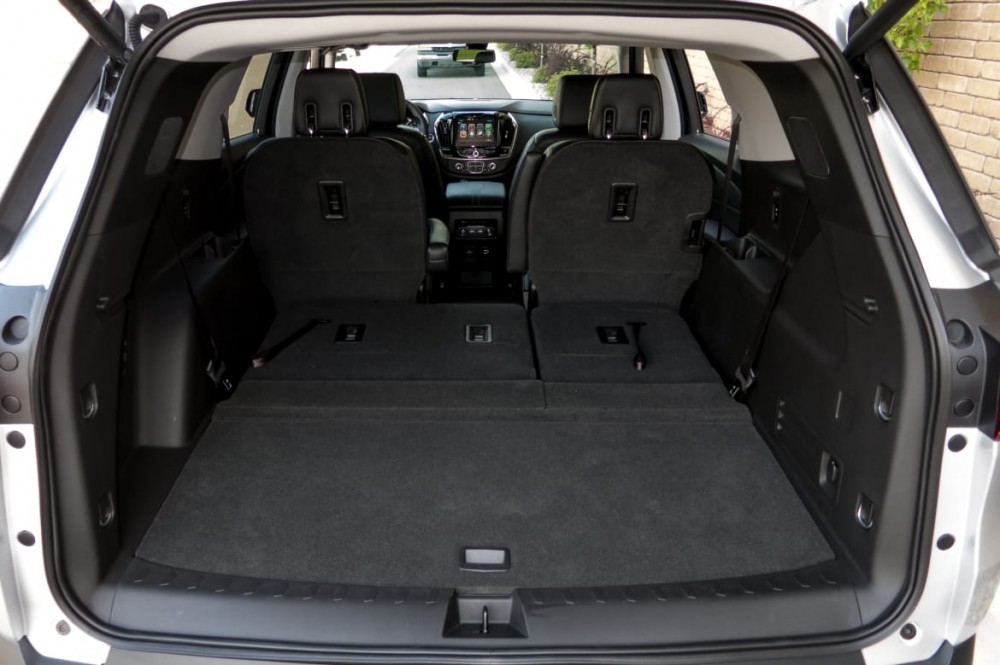
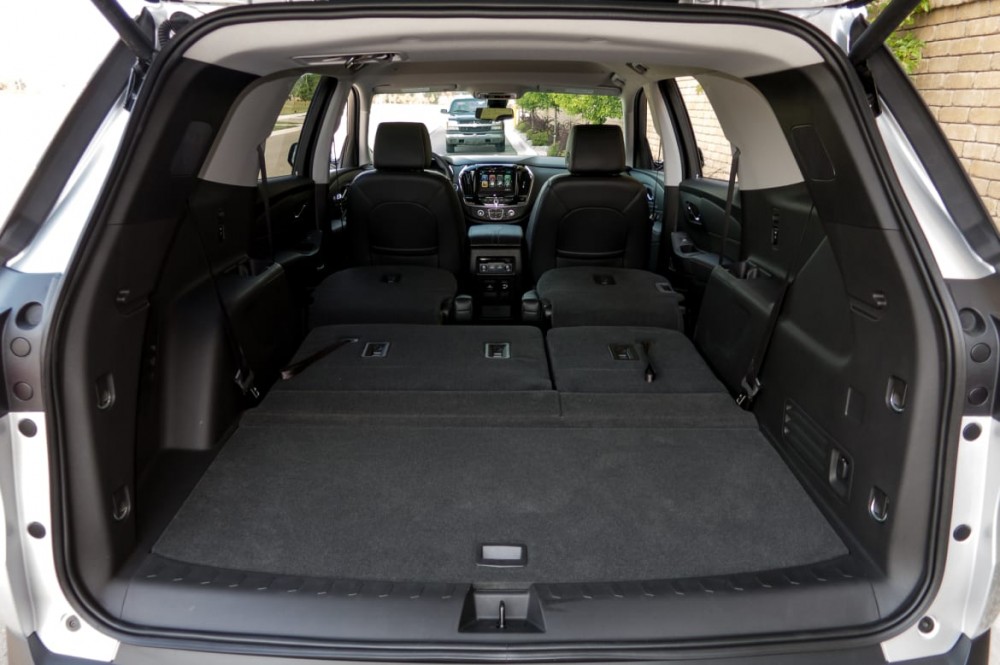
In fact, visibility out the new Traverse has improved dramatically with the new window configuration. You sit up high enough that you don't feel like you're sitting in a tub, and the dash and hood are low enough to give a commanding view forward. Views to the sides and rear are clear, as well; Chevy's done a good job.
Newly optional is a rearview camera mirror that was first seen on Cadillacs. It effectively eliminates pillars and any other obstacles to the driver's view in the second and third rows by turning the rearview mirror into a display screen at the flip of a switch. Not a backup camera, the feature works all the time, even when you're moving forward. The camera mirror is a little funky to use in daily driving given that it requires refocusing your eyes on the screen every time you use it, but if you have a big load of cargo or a car full of kids, it allows you to see very clearly what's behind you without having to try and look around passengers or stuff.
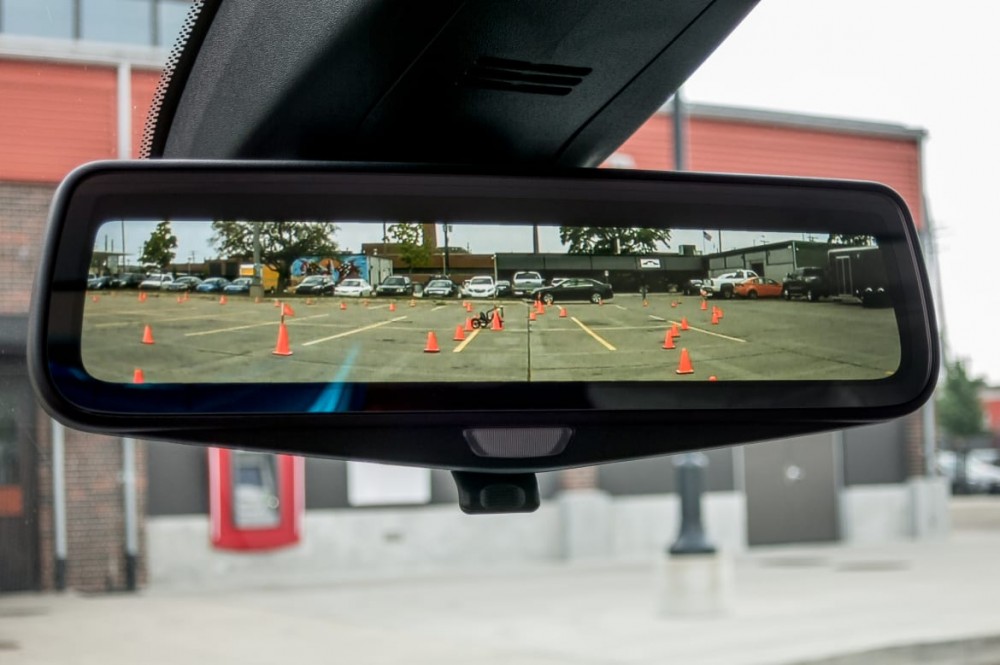
Lighter, More Responsive
The Traverse platform got a little bit lighter for 2018, but it doesn't feel like it. It still handles, stops and starts like the enormous SUV it is, but it no longer wallows along like a boat. The best thing about it is its absolutely fantastic ride; it's smooth over nearly every surface, with very little upsetting the chassis and nothing making the steering wheel shake or tug at you. The steering is a new electric power system that has been tightened up considerably; braking feel is similarly more responsive and immediate. The standard powertrain is GM's ubiquitous 3.6-liter V-6 engine, now making 310 horsepower, mated to a nine-speed automatic transmission. It provides decent power and acceleration, but it still has to move an awful lot of SUV; gathering steam for a highway entry isn't terribly challenging, but the Traverse isn't going to win any drag races.
That's OK, though, because racing isn't what the Traverse is about. It's about transporting seven people in quiet comfort, and it does that well. Power delivery is smooth thanks to the nine-speed auto. It shifts a lot and is eager to do so, but that's kind of the point of a nine-speed transmission — it has a lot of gears to work with, so it's going to work them. That the Traverse does so inoffensively is a good thing. It's a far better powertrain than the Nissan Pathfinder's V-6 and continuously variable automatic, though the Nissan, which is smaller, does feel a bit more nimble. The Traverse feels about on par with the big Ford Explorer's handling, but the Chevy might have a little edge in the base powertrain's seat-of-the-pants grunt. The Toyota Highlander has a base four-cylinder engine that doesn't light any fires, but it also offers a hybrid version that easily beats the Traverse's fuel economy.
The best thing about the Traverse is its absolutely fantastic ride — smooth over nearly every surface, with a chassis that's upset by very little and no shaking or tugging at you by the steering wheel.
Even with that nine-speed automatic, the Traverse's fuel economy is only average. The front-wheel-drive model gets an EPA-estimated 18/27/21 mpg city/highway/combined (AWD drops it to 17/25/20 mpg) — not bad for an SUV this big.
The Traverse does slightly better on the mileage front than the V-6-powered FWD Ford Explorer (17/24/20 mpg). (The Explorer can also be had with a 2.3-liter, turbocharged engine that improves mileage to 19/27/22 mpg, but that hardly seems worth the power deficit you'll endure.) The Nissan Pathfinder is a bit better around town, at 20/27/23 mpg, but the Chevy nine-speed is a much more pleasant transmission than the Nissan's awful continuously variable one. The new, big Volkswagen Atlas is a match for the Chevy in terms of space, and its optional V-6 engine nets it 18/25/20 mpg; the standard turbocharged 2.0-liter four-cylinder improves things to 22/26/24 mpg. Compare fuel-economy ratings here.
Made for Family Duty
Given the space, versatility and amenities with which you can equip your Traverse, it's clear that this is GM's minivan. It's practically made for family duty, with available entertainment systems meant to keep folks entertained — including an updated Chevrolet MyLink system that's easy to use and quick to respond. Work has obviously gone into making MyLink more user-friendly and simple to read at a glance, and ancillary downloadable apps, like Pandora and Audiobooks, work well on the big, optional 8-inch touchscreen.
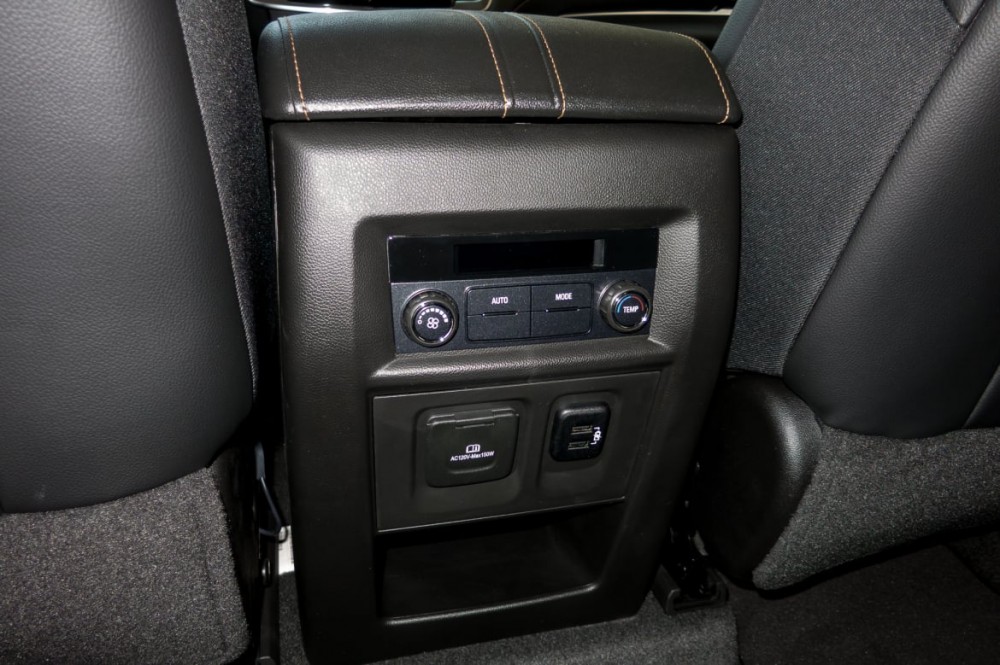
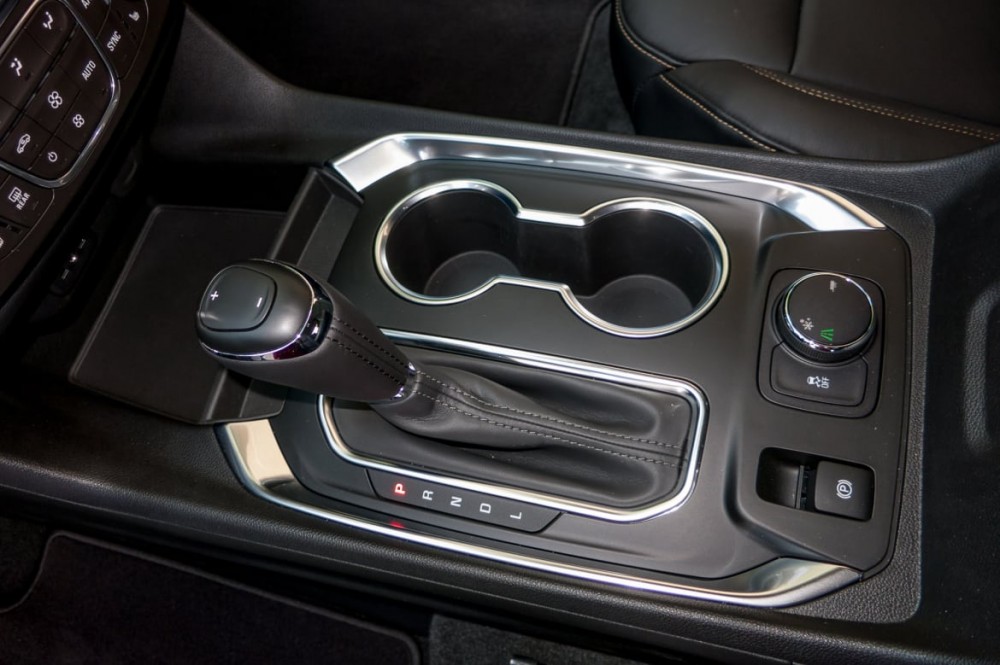
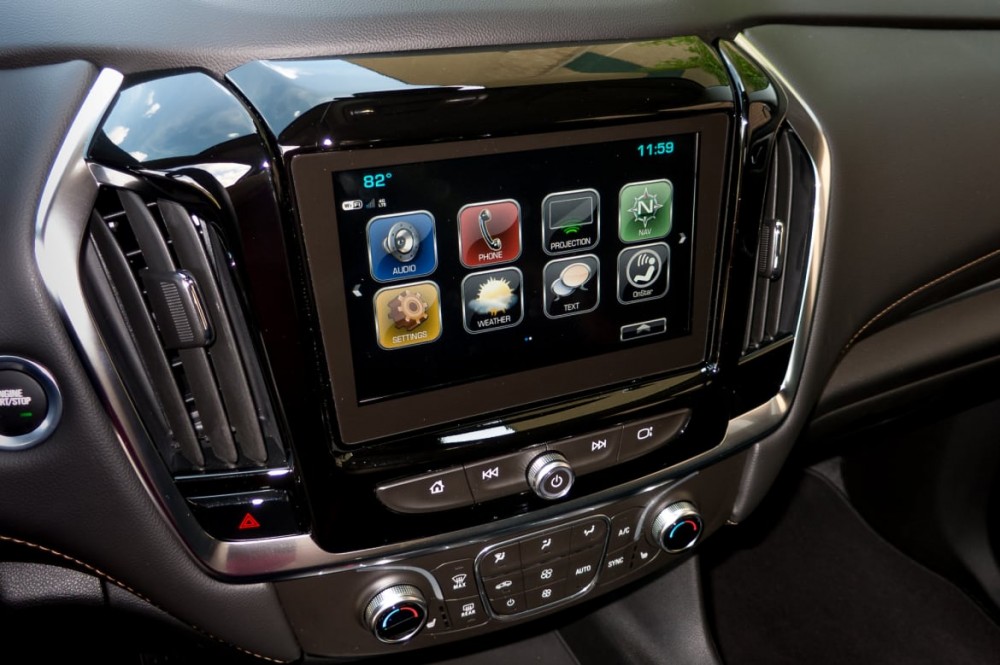
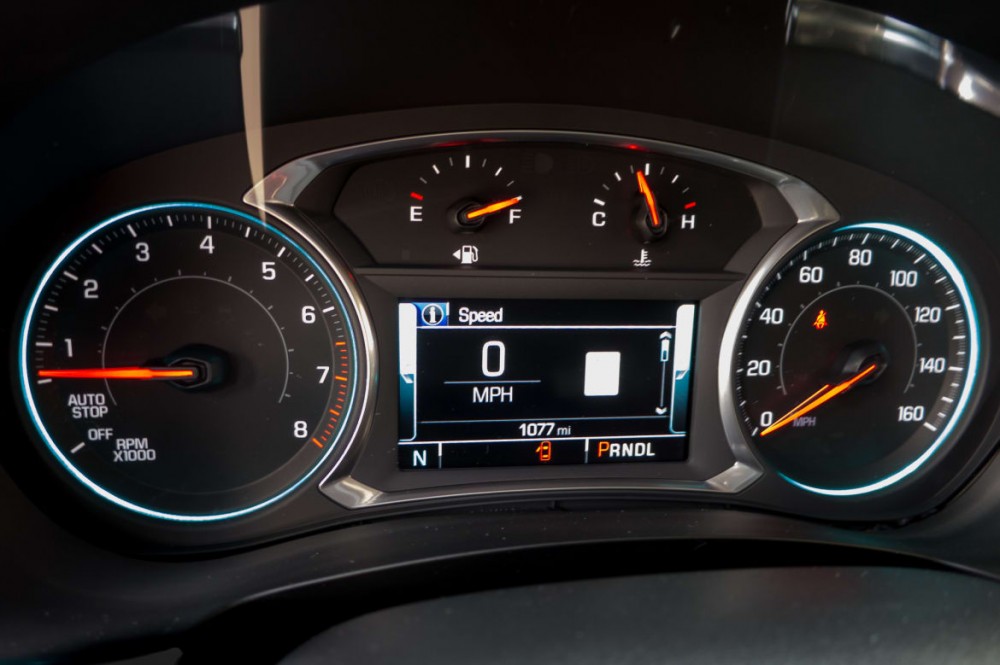
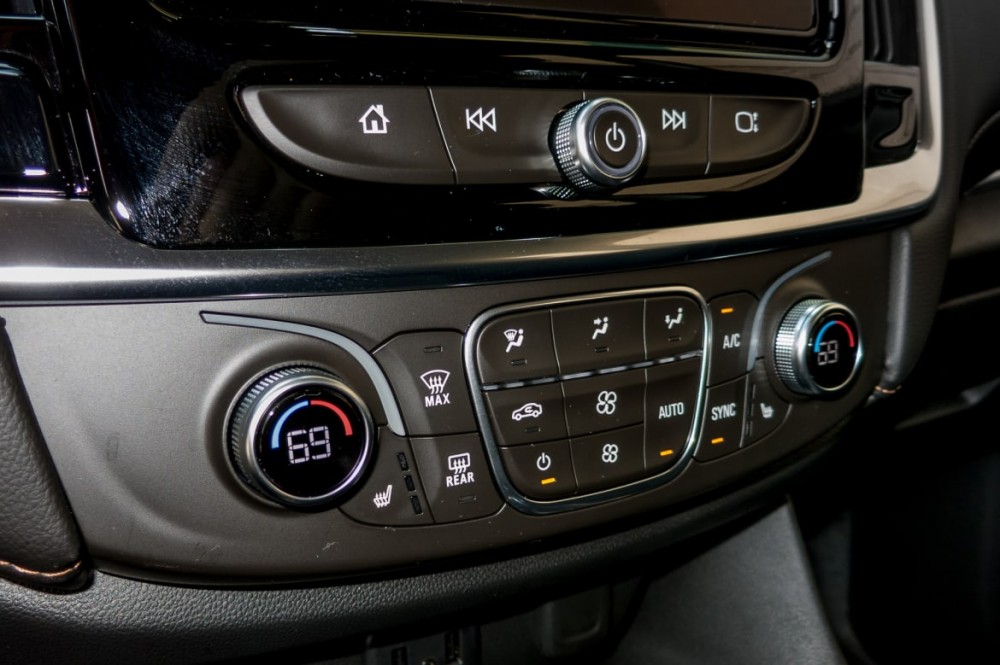
It's also easy to get in and out of the rear seats, with back doors that swing wide and a second row that easily tilts forward — though only on the passenger side. Strangely, you can't get into the third row from the driver's side anymore. While I don't have children, I do have geriatric parents who found the Traverse to be eminently comfortable to get into and out of. There are also seven USB ports scattered throughout the Traverse, so every row has power for personal electronics.
Yet while the Traverse is billed as a family vehicle, GM did not make safety features a priority compared with other big SUVs. Case in point: If you want the top electronic safety features, you have to spring for a more expensive trim level. Many automakers are starting to put automatic emergency braking on lower trims, at least as an option (and in many cases they're making it standard, like on the new Toyota Highlander), but Chevy reserves it for more expensive trims. You have to pony up for the leather-equipped LT trim before you'll get the rearview camera mirror or 360-degree cameras, and things like forward collision warning with autonomous braking and lane keep assist can be had only on the Premier trim and above, starting at more than $45,000. Even the cheapest Toyota Highlander comes with standard radar-based cruise control, pedestrian detection and forward autonomous emergency braking.
Space, Not Features, Is What You've Paid For
The new Traverse starts at just a little bit more than the outgoing model, at $30,875 including destination fee. My test vehicle came in at $42,785 for a front-wheel-drive 3LT model with a rearview camera mirror, rear park assist sensors, 20-inch wheels, foglamps, bi-xenon headlights, leather seats, a power liftgate, remote start, power front seats, a leather-wrapped steering wheel, a Bose premium 10-speaker audio system, automatic tri-zone climate control and a 4G LTE Wi-Fi hot spot that can accommodate up to seven devices. What it didn't have was features standard on many other vehicles at that price: Forward collision warning and automatic emergency braking were a notable absence, and height-adjustable seat belts aren't available on any trim level.
The Traverse is also light on amenities versus its competitors. The Explorer has a turbocharged four-cylinder engine at a price comparable to my Traverse test vehicle, but you also get power-folding third-row seats, heated second-row seats, power-folding mirrors and a heated steering wheel in a Limited model. A Toyota Highlander at this price gets you a V-6, a moonroof and a full suite of autonomous safety technology, including pedestrian detection and adaptive cruise control.
Yet the Traverse physically dwarfs both of them by comparison. It's easily the most usable and most comfortable offering in this category, and thanks to its newfound refinements, it's no longer a chore to drive. It doesn't hurt that it's pretty good-looking, too — especially the new Redline trim that blacks out all the chrome and adds some slick red accents. You can even load one up to premium levels with the Premium or High Country trim, or you can get a sporty one in the upcoming RS trim with a turbocharged four-cylinder engine and a zero-to-60-mph time of less than 7 seconds (according to GM). As family haulers go, if you're willing to spend some coin to equip it with desirable safety features, it's certainly one of the best.



Leave a Reply